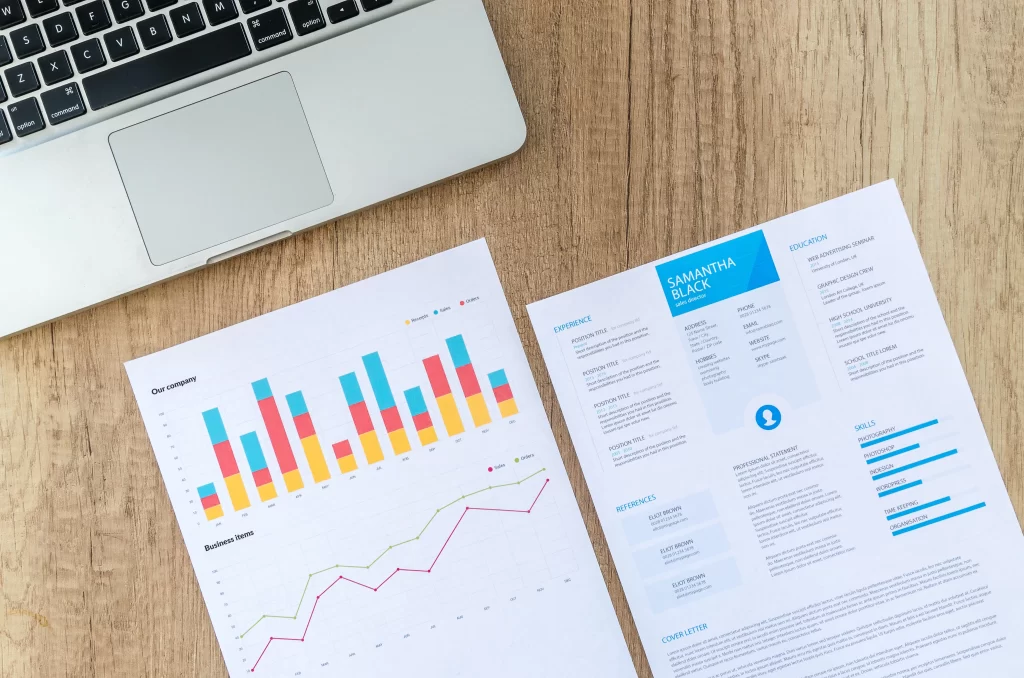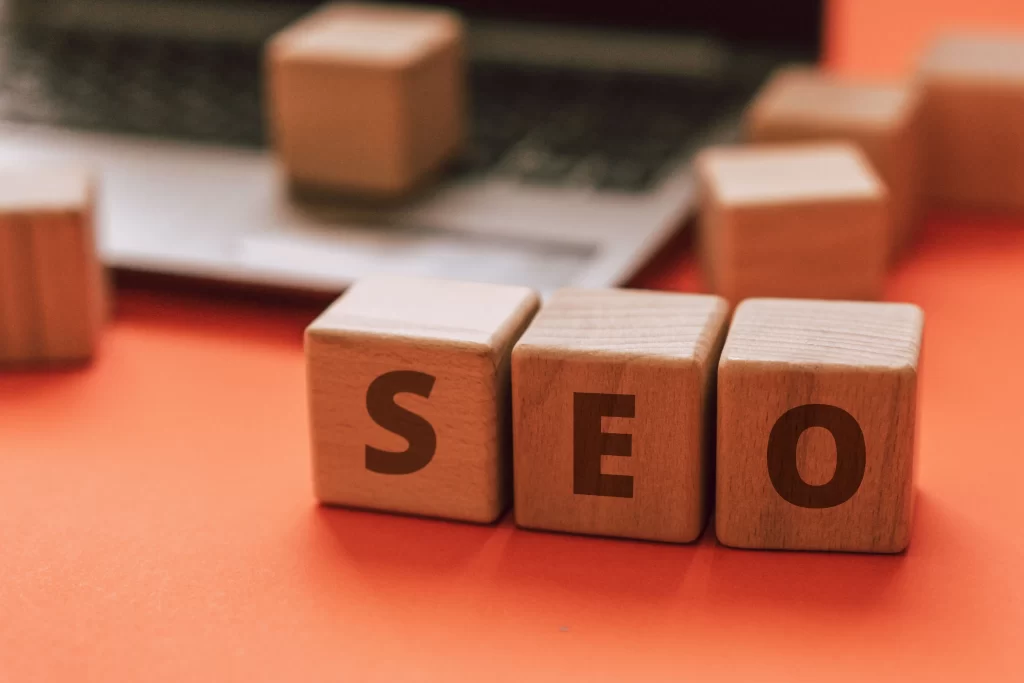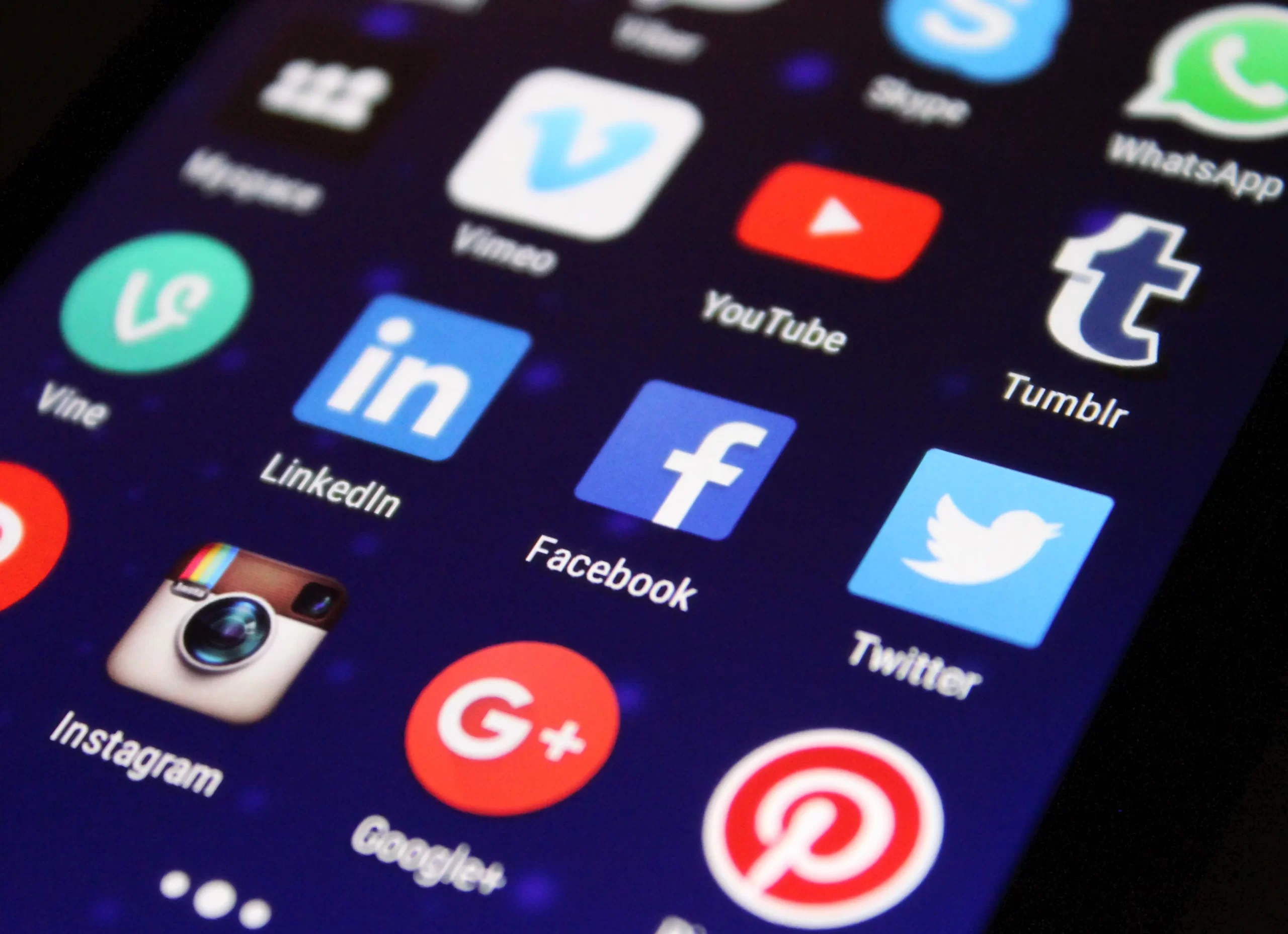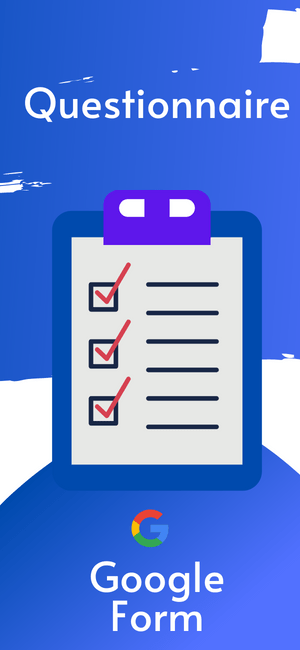Influencer marketing is an influential way for brands to promote themselves nowadays. It helps them grow a lot and connect better with people. This strategy involves working with individuals who are known as influencers. These influencers have many followers and are trusted in specific areas. They use platforms like social media, blogs, and podcasts to connect with people. They can affect what people think and buy by being honest and relatable. The “INFLUENCER MARKET: A BLUEPRINT FOR BRAND GROWTH AND ENGAGEMENT” explains how this strategy works. It shows how influencers can connect with their audiences realistically, which is different from regular ads.
Brands recognize the power of influencers in shaping consumer opinions and purchasing decisions due to their authentic and relatable content. As a result, companies collaborate with influencers to promote their products through sponsored posts, reviews, and endorsements. The influencer market offers a more personalized and direct approach to reaching target demographics, capitalizing on the influencers’ ability to establish trust and build a sense of community with their followers. This marketing strategy has reshaped traditional advertising and is continuously evolving with the changing landscape of digital media and consumer behavior.

The landscape of influencer marketing has experienced remarkable growth over the years. As per Statista, From 2019 to 2023, the global influencer marketing market has more than doubled, reaching an impressive valuation of $21.1 billion. Additionally, the influencer marketing platform market facilitates various aspects of influencer collaborations and has shown significant expansion. Starting at $148 million in 2019, it surged to an estimated $202 million in 2022 and is predicted to exceed $337 million by 2027. These platforms serve functions like client search, campaign management, influencer relationship management, and performance analytics.
Regarding ad spending, the Influencer Advertising market is projected to hit $30.81 billion in 2023. This spending trend is anticipated to maintain a solid compound annual growth rate (CAGR) of 11.61% from 2023 to 2027, resulting in $47.80 billion of forecasted market volume by 2027. On an individual level, the average ad spending per internet user in this sector is expected to reach $5.78 in 2023.

Igniting Success: A Comprehensive Guide to Fueling Your Influencer Marketing Campaign
1. Buyer Persona:
Developing a buyer persona involves creating a detailed portrait of your ideal customer. Consider not only basic demographics like age, gender, and location but also delve into their behaviors, interests, challenges, and preferences. Understand what motivates them and what problems they seek solutions for. This in-depth profile enables you to tailor your influencer campaign to address their needs and desires directly.
2. Target Channel:
Selecting the right platform is crucial. Research the various social media channels available and analyze where your target audience is most active. Each platform has a distinct user demographic and interaction style. For example, platforms like TikTok and Instagram might be suitable for targeting a younger audience interested in visual content. Conversely, platforms like LinkedIn could be a better fit if you aim for a more professional audience. The goal is to choose a platform where your campaign’s message will resonate effectively.
3. Influencer’s Persona:
Just as you define your target audience, understand the personality and identity of the influencer you’re considering working with. Assess their values, tone of voice, content style, and the kind of relationship they have with their followers. It’s crucial that their persona aligns with your brand’s identity and resonates with the target audience. Authenticity and a natural fit between the influencer and your brand are critical to building trust.
4. Research about the Influencer:
Before reaching out to influencers, conduct thorough research. Start by compiling a list of potential influencers whose content and audience align with your campaign goals. Gather essential information such as their social media handles, follower counts, and the specific topics (niche) they focus on. Evaluate their recent posts by analyzing metrics like average views, likes, and comments to gauge their engagement. This data helps you assess their reach and impact.
5. Plan Budget:
Determine the financial resources you will allocate to your influencer marketing campaign. Your budget should encompass various aspects, including influencer compensation, expenses for content creation (photography, video production, etc.), and promotional costs. The allocated budget should reflect your campaign objectives, the influencers you plan to collaborate with, and the quality of content you aim to create.
6. Set a Goal:
You should clearly define what you want to achieve with your influencer campaign. This could range from increasing brand visibility, generating website traffic, boosting sales, or promoting a new product launch. Your goals should be measurable, specific, achievable, relevant, and time-bound. These objectives guide your strategy and provide a benchmark for evaluating success.
7. Approach Plan:
Develop a thoughtful and personalized approach for reaching out to influencers. Craft a compelling message that highlights the value of collaborating with your brand. Explain the campaign’s purpose, benefits, and how it aligns with the influencer’s content and audience. Depending on the platform, you might use direct messages, emails, or even tagged mentions to initiate contact.
8. Negotiation:
Once an influencer expresses interest, enter the negotiation phase. Discuss compensation based on factors such as the number of followers, rate of engagement, and the scope of content creation. Settlement could involve monetary payment, free products, exclusive offers for their followers, or a combination. Clearly outline content requirements, posting schedules, and any contractual terms to ensure both parties are on the same page.
9. Output Analysis and Re-planning:
Once the campaign is live, closely monitor its performance—track metrics like engagement rates, reach, clicks, conversions, and overall ROI. Analyze the data to understand what aspects of the campaign were successful and what could be improved. Use these insights to refine your future campaigns, adjusting
strategies based on what worked and what didn’t. This continuous cycle of analysis and adjustment optimizes your influencer marketing strategy over time.
By diligently following these detailed steps, you’ll be equipped to design and execute a successful influencer marketing campaign that effectively engages your target audience and achieves your brand’s goals.
Essential Tools for Effective Influencer Marketing: Streamline, Manage, and Track Your Campaigns
In influencer marketing, various tools can help streamline your efforts, manage campaigns, and track results. Here are some essential types of devices you might consider using:
1. Influencer Discovery and Analytics:
– Upfluence: Helps you find and connect with relevant influencers, manage campaigns, and measure results.
– AspireIQ: Provides influencer discovery, campaign management, and performance analytics.
– Influencity: Offers influencer search, audience insights, and campaign tracking features.
2. Social Media Management:
– Hootsuite: Allows scheduling and managing posts across multiple social media platforms.
– Buffer: Like Hootsuite, Buffer helps schedule and analyze social media posts.
– Later: Focuses on Instagram marketing, offering visual planning and scheduling.
3. Content Creation and Collaboration:
– Canva: A graphic design tool to create engaging visuals for your campaigns.
– InVideo: Helps create videos and animations for social media content.
– Google Workspace: Facilitates collaborative content creation and document sharing.
4. Campaign Management and Tracking:
– Traackr: Offers influencer discovery, campaign management, and ROI tracking.
– Influencity: Provides tools for managing campaigns, tracking content, and measuring results.
– BrandSnob: Focuses on influencer collaborations, campaign tracking, and ROI analysis.
5. Influencer Relationship Management (IRM):
– Upfluence: Offers IRM features for managing influencer relationships and communications.
– Traackr: Includes features for building and nurturing influencer relationships.
6. Performance Analytics:
– Google Analytics: Provides comprehensive website analytics for tracking referral traffic from influencer campaigns.
– Social media insights: Platforms like Instagram, YouTube, and TikTok offer built-in analytics to track engagement, reach, and more.
7. Email Marketing:
– Mailchimp: For communicating with influencers and managing email campaigns.
– Constant Contact: Offers email marketing tools to maintain influencer communications.
8. Affiliate Marketing:
– Refersion: Helps track and manage influencer affiliate marketing programs.
– PartnerStack: Facilitates partner and affiliate program management.
9. Legal and Compliance:
– Influencity: Provides tools to manage legal agreements, disclosures, and contracts.
– TapInfluence: Offers influencer contract management and FTC compliance features.
10. Hashtag and Trend Analysis:
– Hashtagify: Identifies popular and relevant hashtags for your influencer campaigns.
– Trendsmap: Monitor trending hashtags and topics on Twitter.
Remember, the specific tools you choose will depend on your campaign objectives, budget, and target platforms. Assessing your needs and exploring tools that align with your influencer marketing strategy is vital.

From Influence to SEO Boost: Unpacking the Relationship Between Influencers and Backlinks
The influencer market can have a relationship with backlinks, the backbone of SEO, particularly in digital marketing and search engine optimization (SEO). Backlinks, which are also known as inbound links, are links from one website to another. They play a significant role in SEO as search engines like Google observe them as a signal of a website’s authority, relevance, and credibility. Backlinks from reputable and relevant websites can positively impact a site’s search engine rankings.
Here’s how the influencer market and backlinks are related:
1. Influencer Content and Mention:
When influencers collaborate with brands, they often create content that features the brand’s products, services, or website. This content might include blog posts, social media posts, videos, or reviews. These are potential backlinks if the content contains links to the brand’s website.
2. SEO Boost:
If an influencer has a solid online presence and a website or blog, their content backlinks can improve the SEO of the brand’s website. Search engines recognize reputable websites linking to your site as a sign of authority and credibility, eventually leading to higher rankings.
3. Referral Traffic:
Backlinks from influencer-created content can also drive referral traffic to the brand’s website. This traffic is generated when users click on the link in the influencer’s content to visit the brand’s site. Higher traffic volumes can positively impact search engine rankings.
4. Domain Authority:
Influencer-created content on high-authority websites can enhance the brand’s domain authority. Domain authority is a benchmark search engines use to predict a site’s ability to rank in search results. Backlinks from authoritative websites, such as those owned by influencers, can improve this metric.
5. Content Collaboration:
Brands can collaborate with influencers to create valuable and relevant content that naturally includes the brand’s site backlinks. This can be through informative articles, how-to guides, or even interviews that the influencer conducts with the brand.
6. Guest Posts and Contributions:
In some cases, brands might work with influencers to write guest posts or contribute content to the influencer’s blog or website. This allows the brand to include backlinks to their site within the scope they provide.
However, it’s important to note that the quality and relevance of the backlinks matter greatly. Search engines have become highly developed in identifying manipulative link-building practices, so the backlinks should be natural, genuine, and relevant to the content. Backlinks obtained through paid links or other unethical practices can have a gloomy impact on a website’s SEO.
The influencer market can positively impact a brand’s backlink profile and, subsequently, its SEO efforts. Collaborating with influencers to create high-quality, authentic, and relevant content with backlinks can enhance a brand’s online visibility, authority, and search engine rankings. Influencer marketing is a powerful torchbearer in a world where capturing fleeting attention spans and cultivating consumer trust is paramount. By meticulously following these seven steps, you’ll be well-equipped to set ablaze an influencer marketing campaign that not only garners exceptional results but also fosters enduring connections with your audience. Keep in mind that every campaign is a journey of discovery. Embrace the insights gained from each campaign to continuously refine your influencer marketing strategy and position your brand as a luminary in the minds of your audience.


